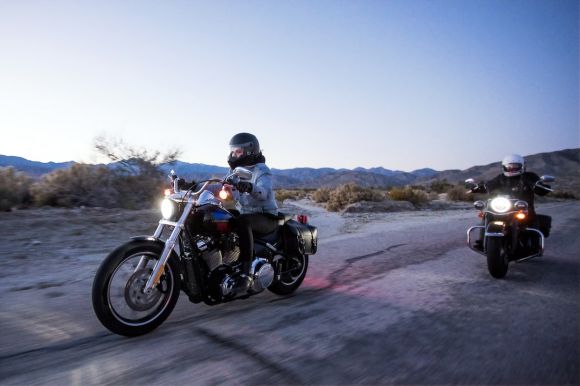Riding a bike can be an exhilarating experience, but it can also pose challenges when faced with extreme weather conditions. Whether it’s scorching heat, heavy rain, or freezing temperatures, it’s important to be prepared and take precautions to ensure a safe and enjoyable ride. In this article, we will provide you with some valuable tips for riding in extreme weather.
Hot and Humid: Beating the Heat
Cycling in hot and humid weather can be physically demanding and potentially dangerous if not approached with caution. Here are some tips to help you beat the heat:
1. Stay hydrated: Drink plenty of water before, during, and after your ride to prevent dehydration. Consider carrying a water bottle or a hydration pack.
2. Dress appropriately: Wear lightweight, breathable clothing that wicks away sweat. Opt for light colors to reflect the sunlight and keep you cooler.
3. Protect yourself from the sun: Apply sunscreen to exposed skin, wear sunglasses to protect your eyes, and consider wearing a lightweight hat or a cycling cap to shield your head from the sun.
4. Plan your route wisely: Choose routes that offer shade or have water sources along the way. Avoid riding during the hottest part of the day if possible.
Rainy Days: Staying Safe in the Wet
Cycling in the rain can be challenging, but with the right equipment and techniques, you can stay safe and comfortable. Here are some tips for riding in wet weather:
1. Wear appropriate gear: Invest in waterproof or water-resistant clothing, including a rain jacket and pants. Consider using fenders to keep water from splashing up onto you.
2. Increase your visibility: Wear bright or reflective clothing and use lights on your bike to ensure other road users can see you. Avoid wearing a hood that may obstruct your peripheral vision.
3. Adjust your riding style: Reduce your speed and allow for longer braking distances. Be cautious of slippery surfaces, such as painted lines and metal grates.
4. Maintain your bike: Regularly clean and lubricate your bike to prevent rust and ensure smooth operation. Check your brakes and tires for wear and tear, as they are vital for safe riding in wet conditions.
Cold and Frosty: Staying Warm and Safe
Cycling in cold weather requires extra preparation to keep your body warm and your bike in good condition. Follow these tips to stay safe and comfortable during chilly rides:
1. Layer up: Dress in layers to trap heat and allow for easy adjustment based on your body temperature. Start with a moisture-wicking base layer, add an insulating mid-layer, and finish with a windproof and water-resistant outer layer.
2. Protect your extremities: Wear gloves, warm socks, and shoe covers to keep your hands and feet warm. Consider using a neck gaiter or a balaclava to protect your face from the cold.
3. Check road conditions: Be aware of frost or ice on the roads and adjust your riding style accordingly. Avoid sudden braking or sharp turns, as these can lead to loss of control on slippery surfaces.
4. Insulate your bike: Use mudguards to protect your bike from road debris and prevent water from splashing onto you. Consider using winter-specific tires with a higher grip for better traction on cold surfaces.
In conclusion, riding in extreme weather conditions requires careful planning and preparation. By following these tips, you can ensure a safe and enjoyable ride, regardless of the elements. Remember to prioritize your safety and adjust your riding style accordingly. Stay hydrated, dress appropriately, and maintain your bike to tackle any weather conditions that come your way. Happy riding!
